


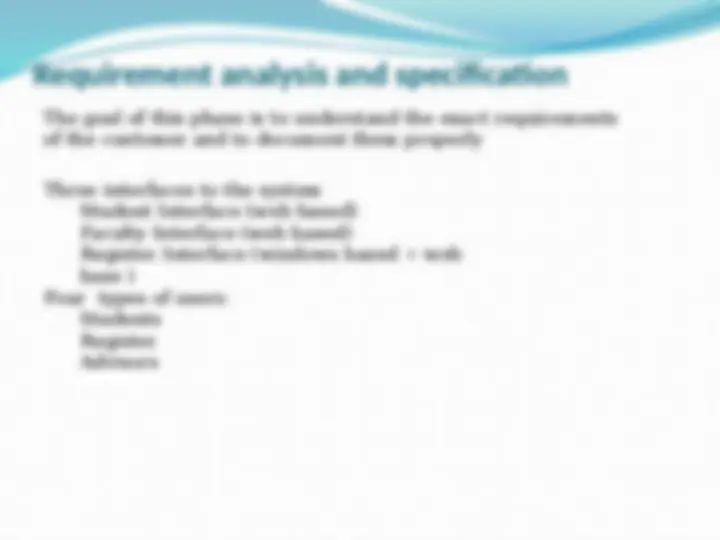
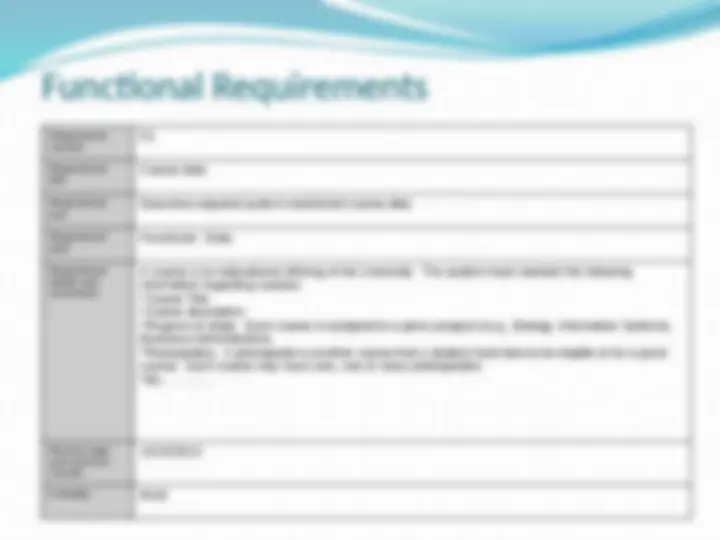
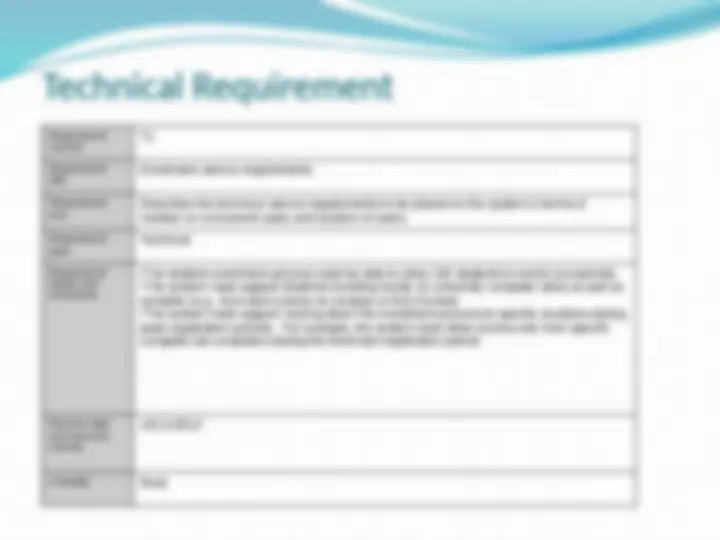
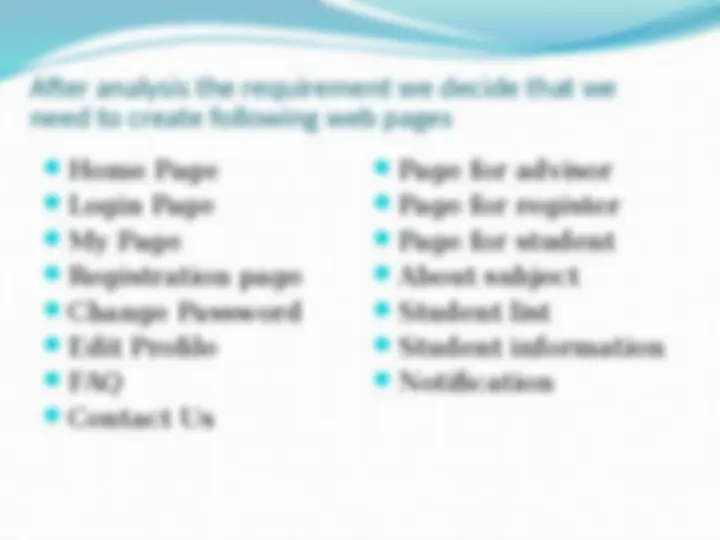
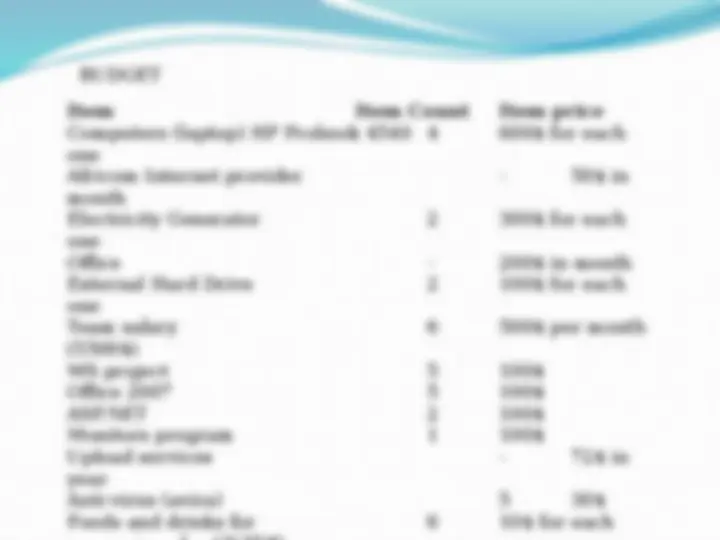
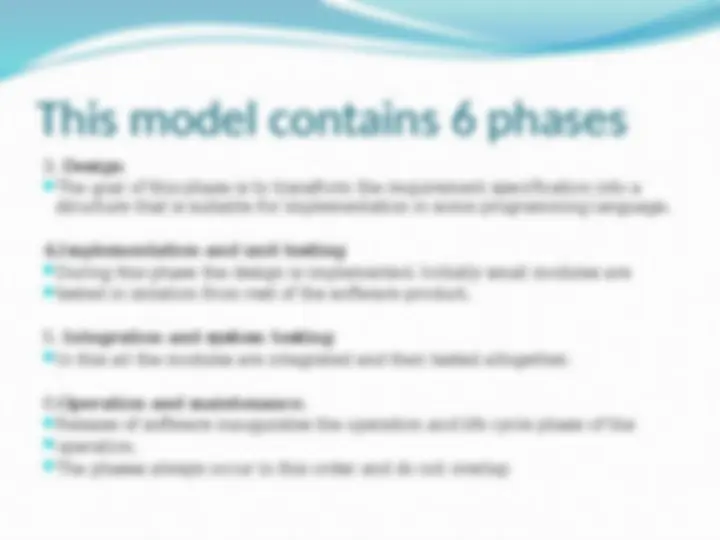
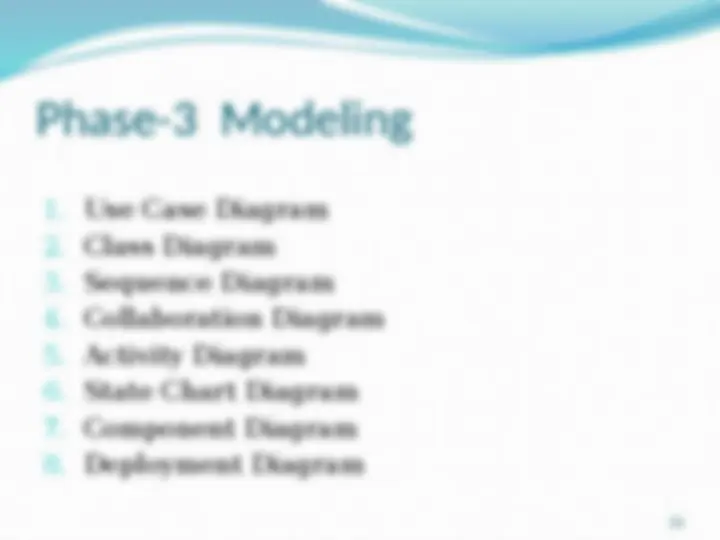
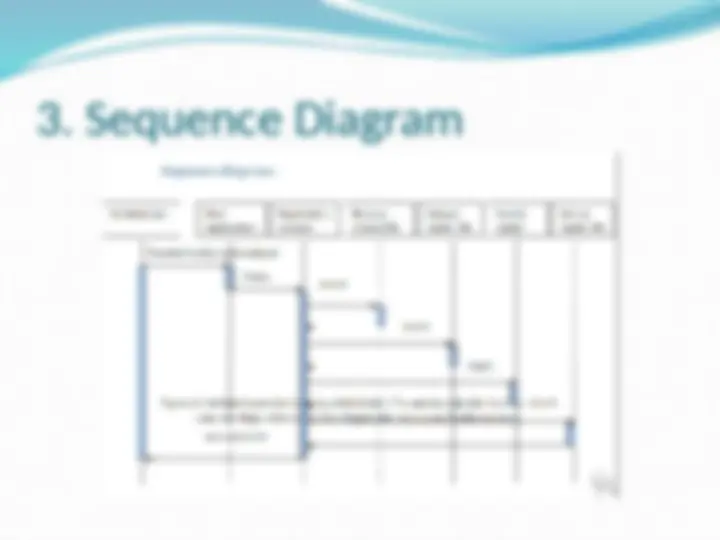
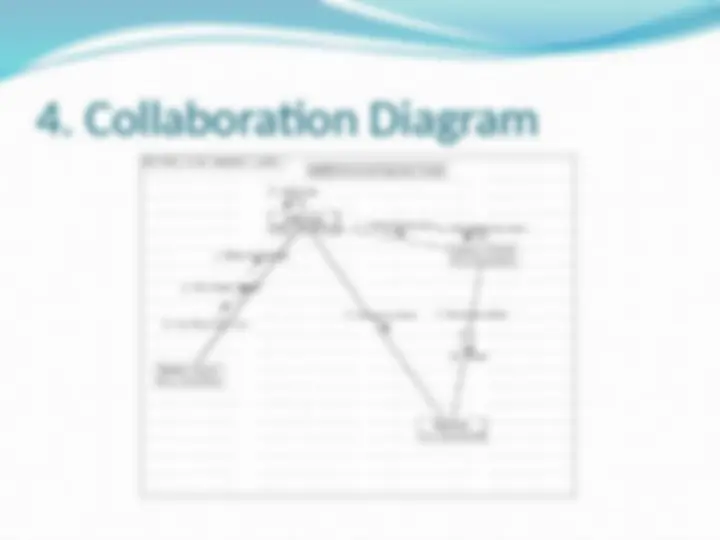
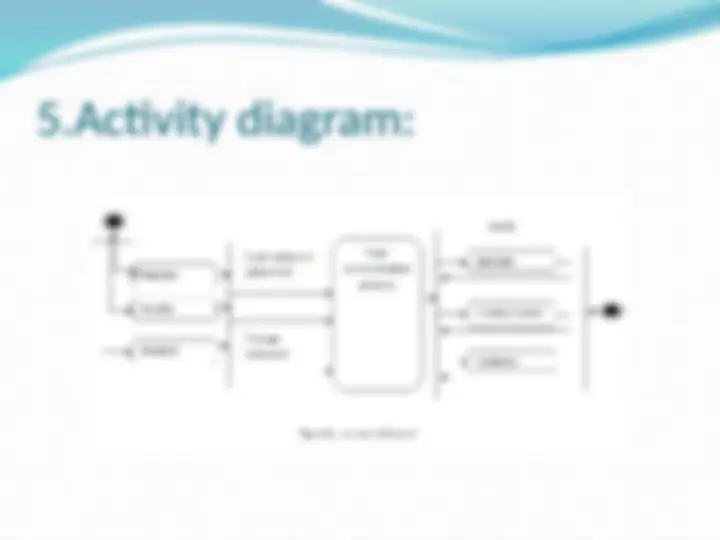
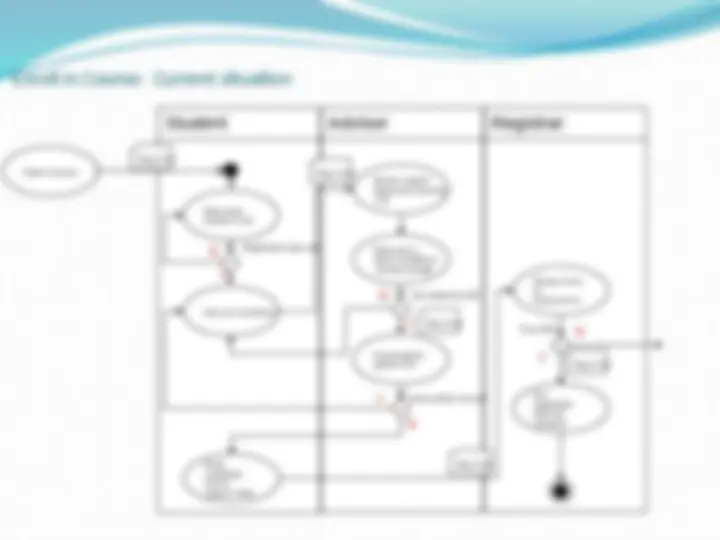
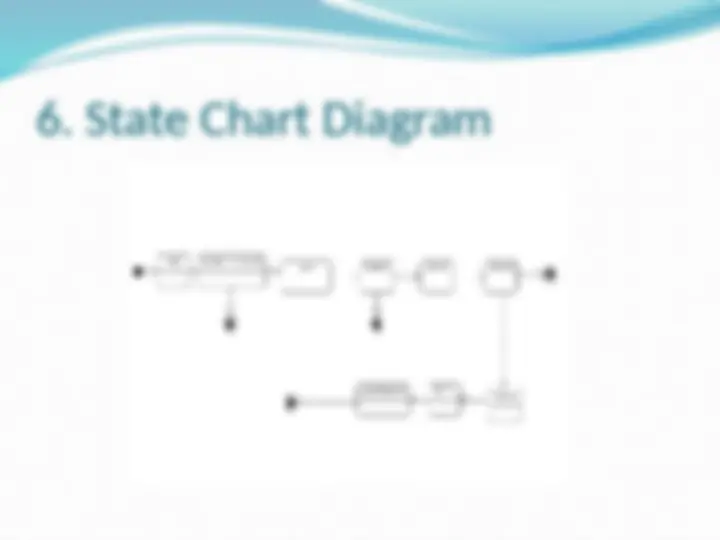
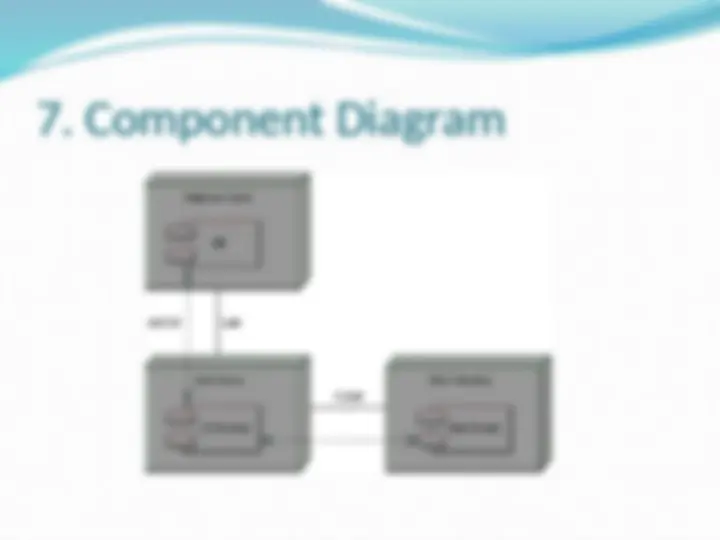
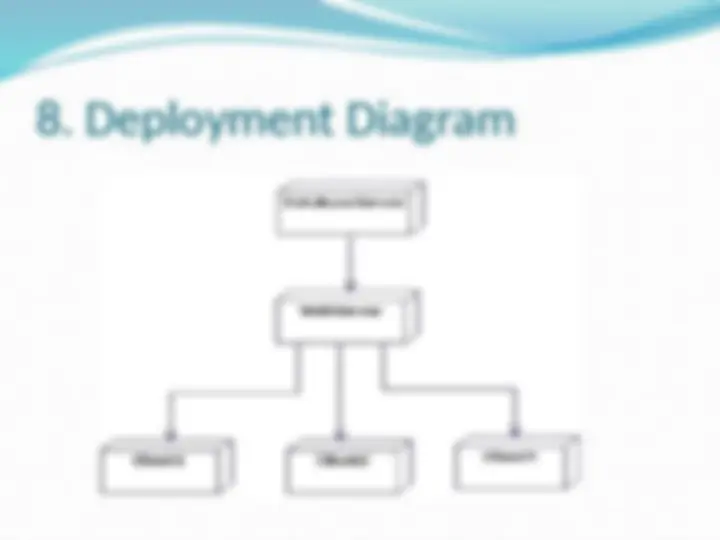
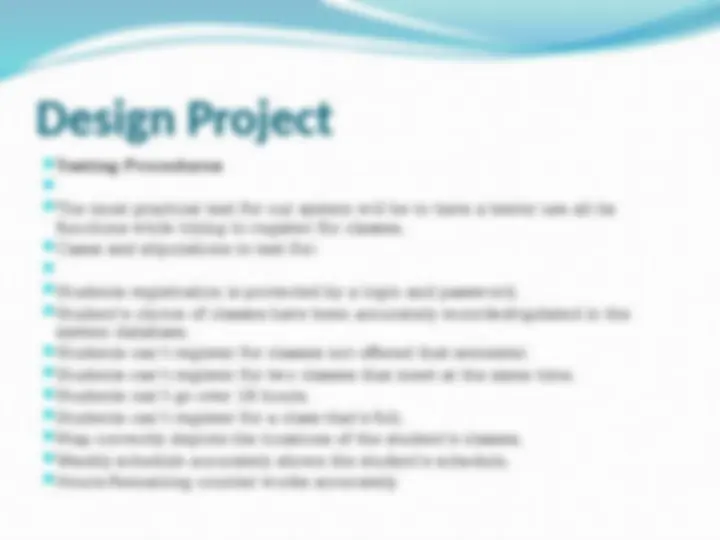
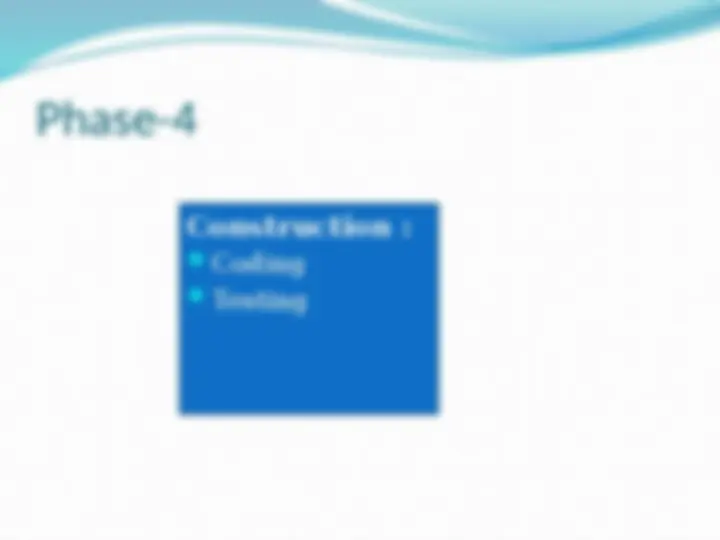
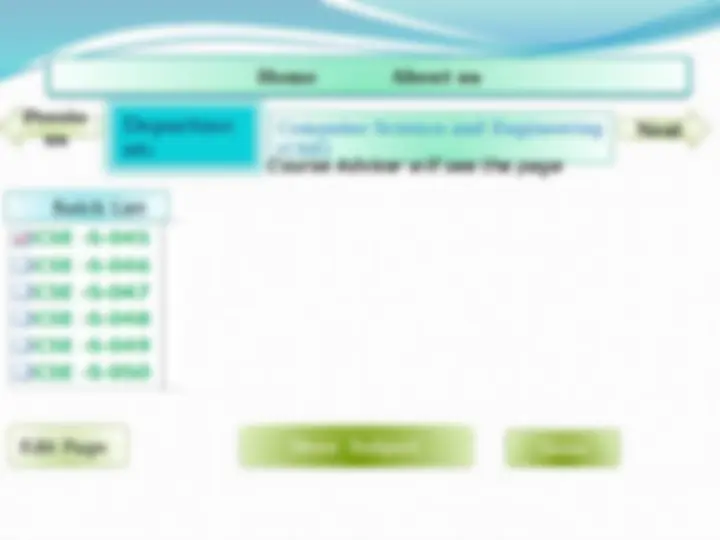
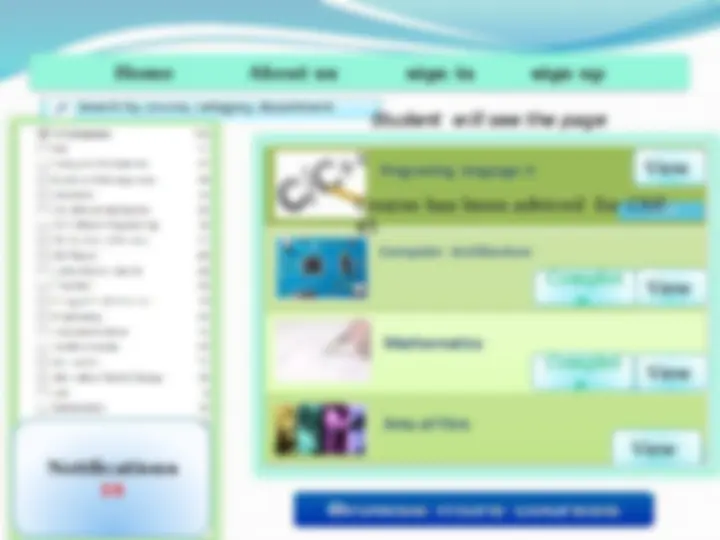
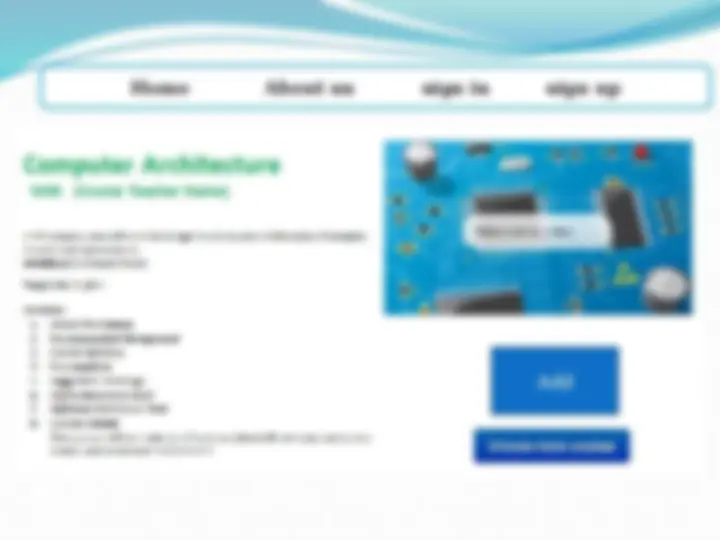
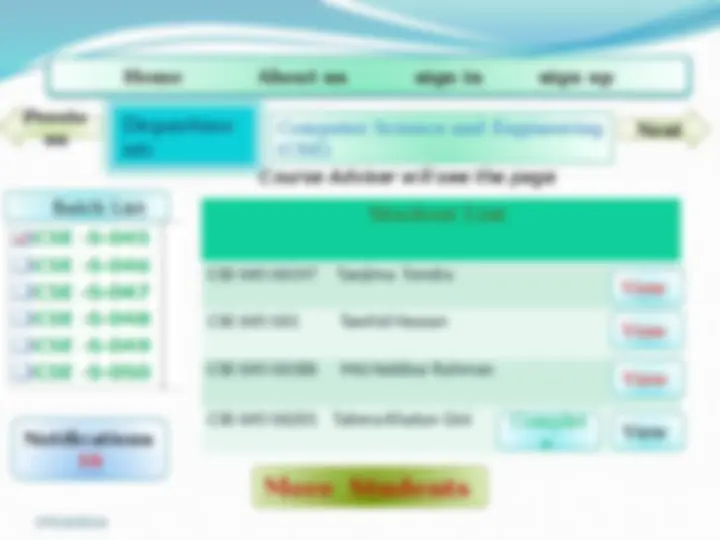
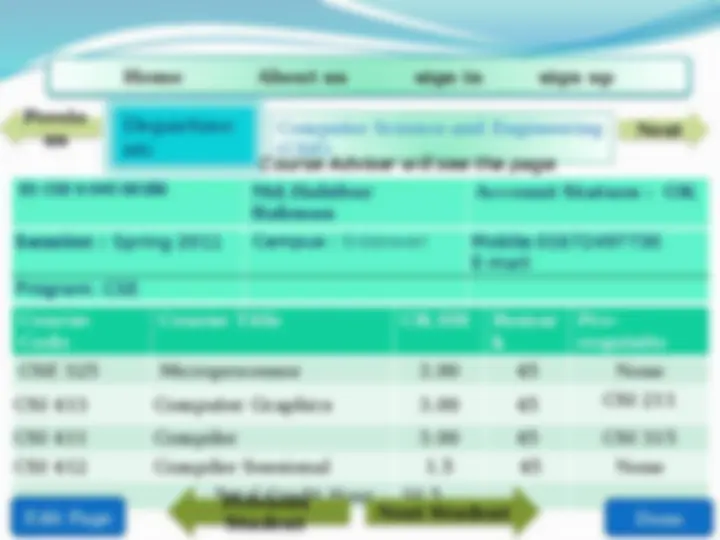
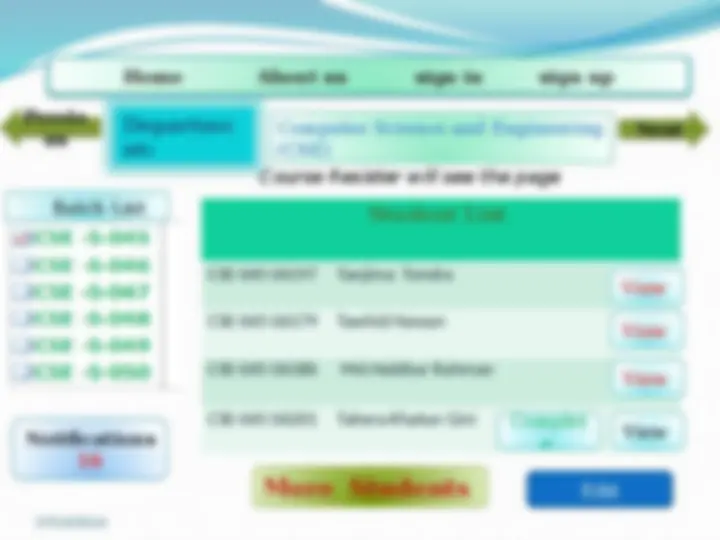
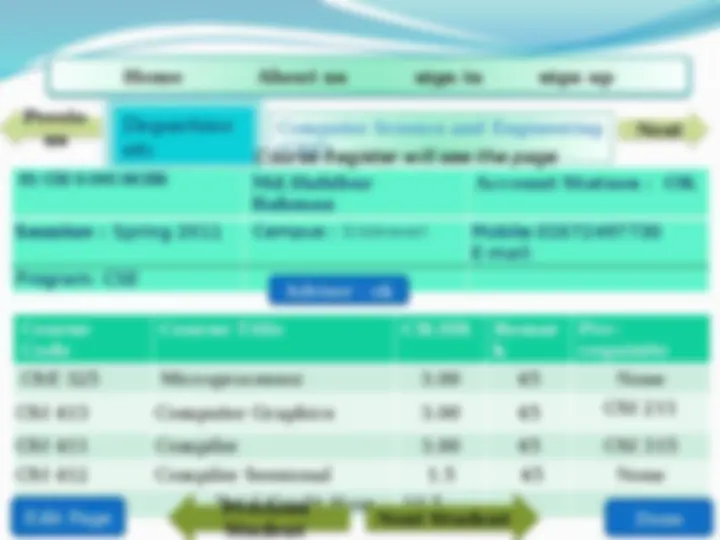
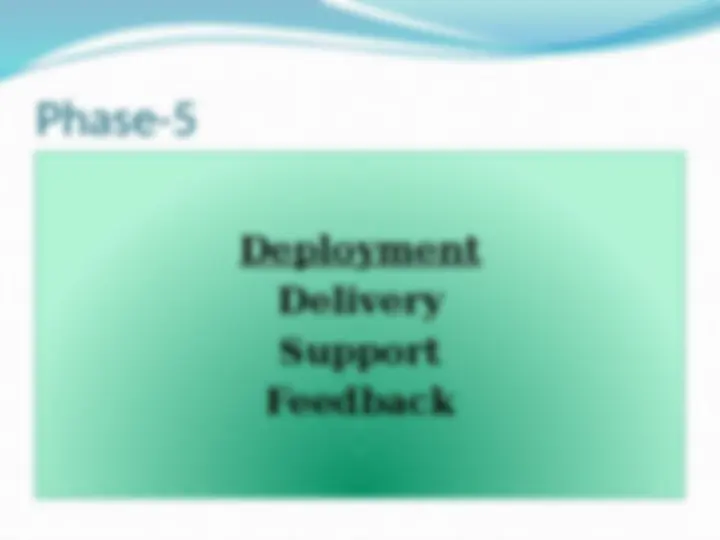
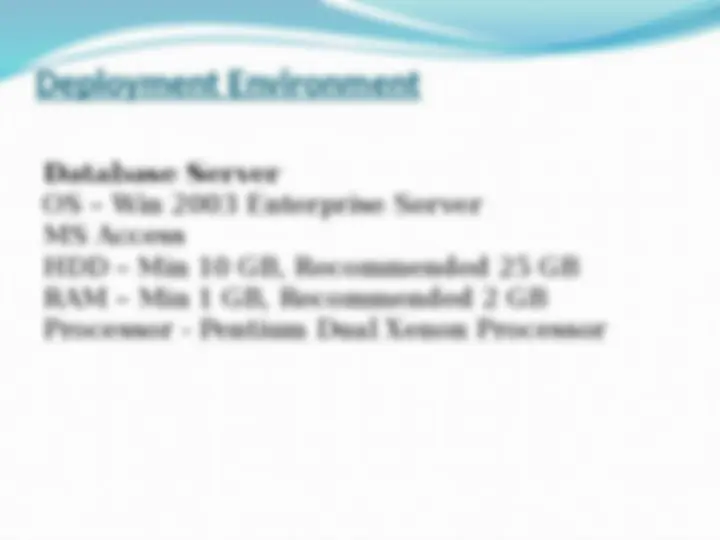



Study with the several resources on Docsity

Earn points by helping other students or get them with a premium plan


Prepare for your exams
Study with the several resources on Docsity

Earn points to download
Earn points by helping other students or get them with a premium plan
Community
Ask the community for help and clear up your study doubts
Discover the best universities in your country according to Docsity users
Free resources
Download our free guides on studying techniques, anxiety management strategies, and thesis advice from Docsity tutors
The project aims to introduce automated student's course reservation using computer. The system will have three main interfaces - student interface (web-based), faculty interface (web-based), and register interface (windows-based + web-based). The system will have four types of users: students, register, advisors, and administrators. The key functional requirements include checking course prerequisites, maintaining course data, and meeting technical requirements for enrollment service. The system will be developed using a process model and will go through phases like requirement analysis, design, implementation, testing, and deployment. Details on the project team, cost and budget, and the various modeling techniques used in the design phase.
Typology: Thesis
1 / 36

This page cannot be seen from the preview
Don't miss anything!





























K. Poojitha Sai
K. Akshay
K. Lakshmi Narayana
K. Pavan Praneetha
M. Tharun
21071A66F
21071A66F
21071A66F
21071A66F
21071A66F
Outline
First meeting with Customer and Devoloper
Customer Requirements
Feasibility Anylysis
Take dicision whether we will take the job or
not.
Soft Team
Required Resources
User Interface
Use a process Model
System Design
Testing & Quality Assurance
Requirement analysis and specification
The goal of this phase is to understand the exact requirements
of the customer and to document them properly
Three interfaces to the system
Student Interface (web based)
Faculty Interface (web based)
Register Interface (windows based + web
base )
Four types of users:
Students
Register
Advisors
Functional Requirement
Requirement
number:
Requirement
title:
Requirement
text:
Requirement
type:
Requirement
details and
constraints:
The University has a set of rules that determine whether a student is eligible to take a given class. One rule is that in order to take a class,
students are sometimes required to take other classes that give them the required foundation for the class. These rules must be enforced
during the student enrollment process. The specific prerequisites to be implemented for each course can be found in the University calendar.
During the enrollment process, the system will:
Retrieve the course the student wishes to enroll in
Retrieve the students course completion history to determine the courses taken and completed successfully by the student
Retrieve the prerequisites for the desired course
Determine if the student has the appropriate prerequisites for the course
If the student has the required prerequisites:
Flag the course as OK, allow course to move to next step in the process (check enrollment)
If the student does not have the appropriate prerequisite courses:
Retrieve override information
Determine if instructor has given student permission (through override) to enroll in the course
If yes, allow course to move to check enrollment step
If no, end message to student that enrollment not allowed.
Revision date
and reversion
number:
Criticality:
Functional Requirements
Requirement
number:
Requirement
title:
Requirement
text:
Requirement
type:
Requirement
details and
constraints:
Revision date
and reversion
number:
Criticality:
After analysis the requirement we decide that we
need to create following web pages
Home Page
Login Page
My Page
Registration page
Change Password
Edit Profile
FAQ
Contact Us
Page for advisor
Page for register
Page for student
About subject
Student list
Student information
Notification
Item Item Count Item price
Computers (laptop) HP Probook 4540 4 600$ for each
one
Africom Internet provider - 50$ in
month
Electricity Generator 2 300$ for each
one
Office - 200$ in month
External Hard Drive 2 100$ for each
one
Team salary 6 500$ per month
(5500$)
MS project 5 100$
Office 2007 5 100$
ASP.NET 2 100$
Monitors program 1 100$
Upload services - 72$ in
year
Anti-virus (avira) 5 30$
Foods and drinks for 6 10$ for each
BUDGET
The goal of this phase is to transform the requirement specification into a
structure that is suitable for implementation in some programming language.
4.Implementation and unit testing
During this phase the design is implemented. Initially small modules are
tested in isolation from rest of the software product.
In this all the modules are integrated and then tested altogether.
Release of software inaugurates the operation and life cycle phase of the
operation.
The phases always occur in this order and do not overlap